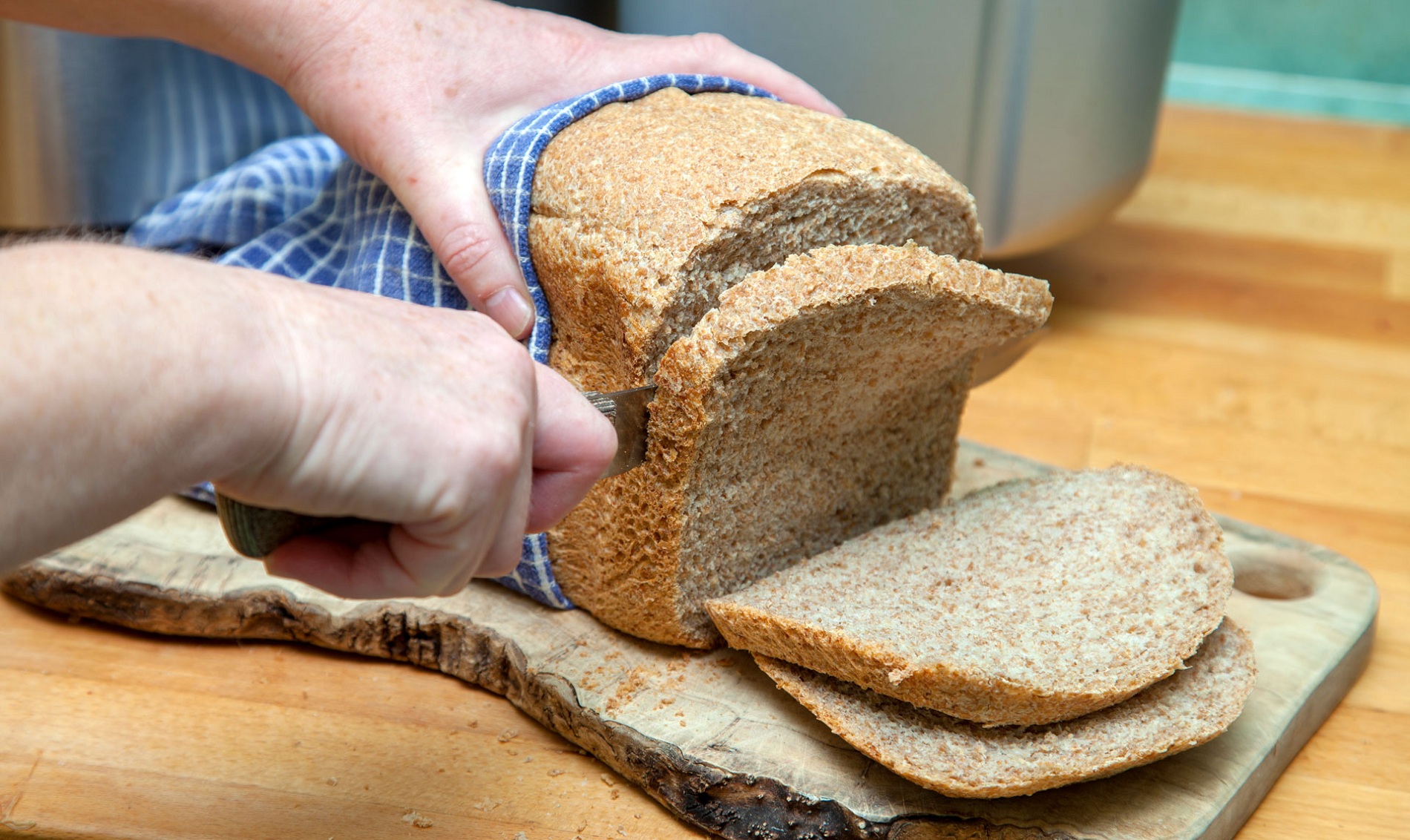The best breads die young. Bread’s short shelf life makes us all wonder how to keep it fresh. There are many ways to store those gorgeous bakery loaves, which are at risk of staleness due to their flour, yeast, and water content.
The freezer is best. If you don’t have a freezer or prefer to store your bread at room temperature, we tested a few other bread storage methods and ranked them below.
Before scrolling to the results, consider these things. Our kitchen is not a climate-controlled lab. These methods were tested in two hot, humid Midwest weeks, so your results may vary. We only consider homemade and artisan bread. Store-bought sandwich breads and buns have mold inhibitors and other preservatives, so they last longer than homemade bread with little effort.
After those disclaimers, here are seven bread-storage methods, ranked from best to worst. The worst may surprise you.
The freezer
Yes, the freezer is typically used for long-term food storage, but if you want to keep your freshly baked bread in its most perfect condition, even for a few days, the freezer is the way to go. Freezing bread slows the staling, or retrogradation, process and eliminates the possibility of mold growth. When you take bread out of the freezer, you can immediately place it in the oven or toaster, which re-gelatinizes the starches and restores the bread’s springiness and chewiness.
How to Shape Every Type of Bread?
To freeze fresh bread, simply place it in a freezer bag and squeeze out as much air as possible before sealing it. Next, you should put the bag in the freezer. Remove it from the freezer when you’re ready to eat, and reheat it in the oven. The Epi Test Kitchen recommends defrosting a whole loaf of bread at 325°F for 20 to 30 minutes, or until it’s soft and fully thawed in the middle.
If you intend to use your bread for toast or sandwiches, slice it before freezing it. Individual slices can then be defrosted in the toaster. Even if you don’t want slices, portioning the loaf into a few larger pieces is a good idea if you don’t plan on eating the entire loaf in one sitting. Because, while freezing and reheating bread is fine, defrosting and refreezing it is not.
While bread can be frozen for up to three months, this is about as long as it can be stored successfully. Fortunately, even the best artisanal bread is inexpensive to buy and simple to make, especially if you have a bread machine.
The freezer is the absolute best way to store a whole loaf of bread and sliced bread.
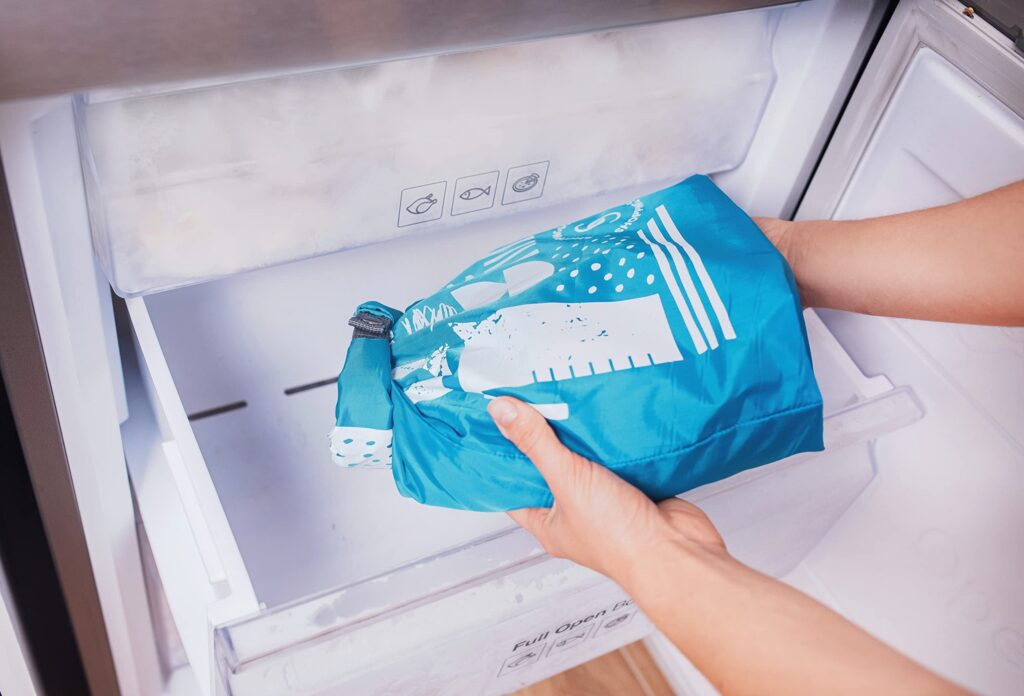
A bread box
We placed a fresh but fully cooled sourdough bread loaf and half of a fresh baguette in an open-ended paper bakery bag, with the cut side of the baguette facing the sealed end of the bag. We mostly used the paper bags to keep bread crumbs out of the bread box, but we left them open for airflow. Both breads were still soft and the crust was crusty at the end of the first week. Mold began to grow after seven days.
Verdict: While not a freezer, a good breadbox will create an environment that balances humidity, which is necessary for a soft interior. And, despite being an airtight container, there is air circulation, which is required to maintain a crusty crust. A large box is also preferable because it allows for maximum air circulation. The higher the humidity level in a bread box, the more bread you put in it, so don’t overfill it.

A plastic bag
We placed a sourdough loaf and half a baguette from the same fresh batch in separate freezer bags, squeezed out as much air as possible, and tightly sealed the bags. We then left them on the counter for several weeks. Both breads stayed soft and mold-free for a week, but the sourdough’s crust had lost some of its crustiness. Mold appeared on the sourdough after exactly one week, and the baguette soon followed. After two weeks, neither had hardened at all. Both loaves were also extremely moldy.
Verdict: A freezer bag is a good option for short-term, room-temperature bread storage. Storing your bread on the counter in a plastic bag (or well-sealed plastic wrap) will help keep it from going stale, but be warned: trapped moisture will cause the crust to suffer and mold to grow. Toasting the bread (if it’s too soft but not moldy) will restore some of the crust’s crunchy texture.
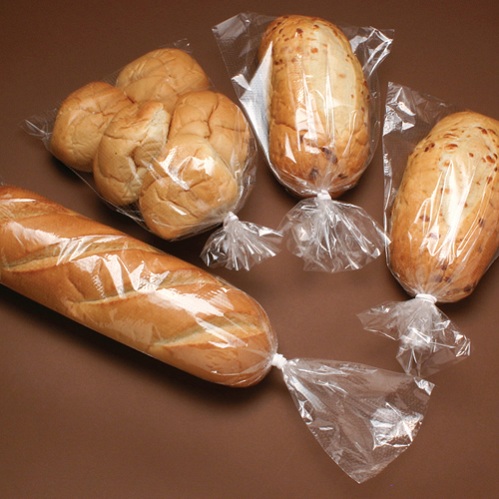
A stylish bread bag
The Uashmama Bread Bag, a coated paper bag that comes with a terracotta bread warmer, is a favorite of our Food52 friends. However, after experimenting with the same sourdough loaf and half a baguette, the fancy bread bag appears to be better suited for very short-term bread storage. The bread in the Uashmama bread bag never molded during the two-week testing period, and it didn’t mold during the third week we left it there to see what would happen.
However, by day six of the first week, the bread stored inside was as hard as a rock, which is exactly what we’d expect from a paper bag, even if it was coated. However, stale bread is preferable to moldy bread because a stale loaf of bread can be revived.
Verdict: A fancy coated-paper bread bag can help to slow the bread-staling process, but it’s not ideal for storing bread for more than a day or two.
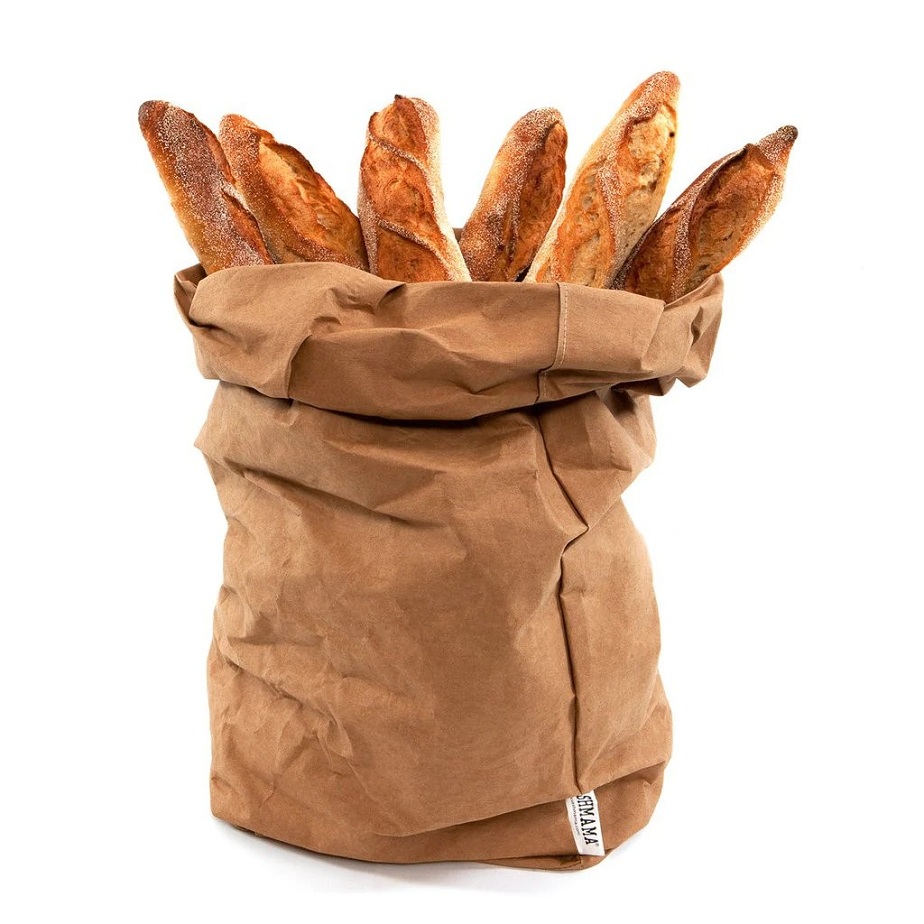
A boule bread bag
In addition to the fancy paper bag, we placed a sourdough loaf and a full baguette inside boule bread bags. We liked how one of the bags was the exact size and shape of the baguette, but we could have just as easily left the bread out on the counter. It never became moldy, but it did become extremely hard quickly.
Verdict: Even in hot, humid weather, bread stales quickly in a boule bread bag.

The counter
A crusty loaf of bread on a weathered wood cutting board may look great on Instagram, especially if accompanied by an artfully draped linen tea towel, but it’s a terrible way to store fresh bread, or any bread. Bread, unlike a fully frosted cake, must be covered even at room temperature. If you really don’t want to freeze your bread, try the bread box or plastic bag mentioned above.
Verdict: Leaving your bread on the counter makes for a great Instagram photo of stale bread.
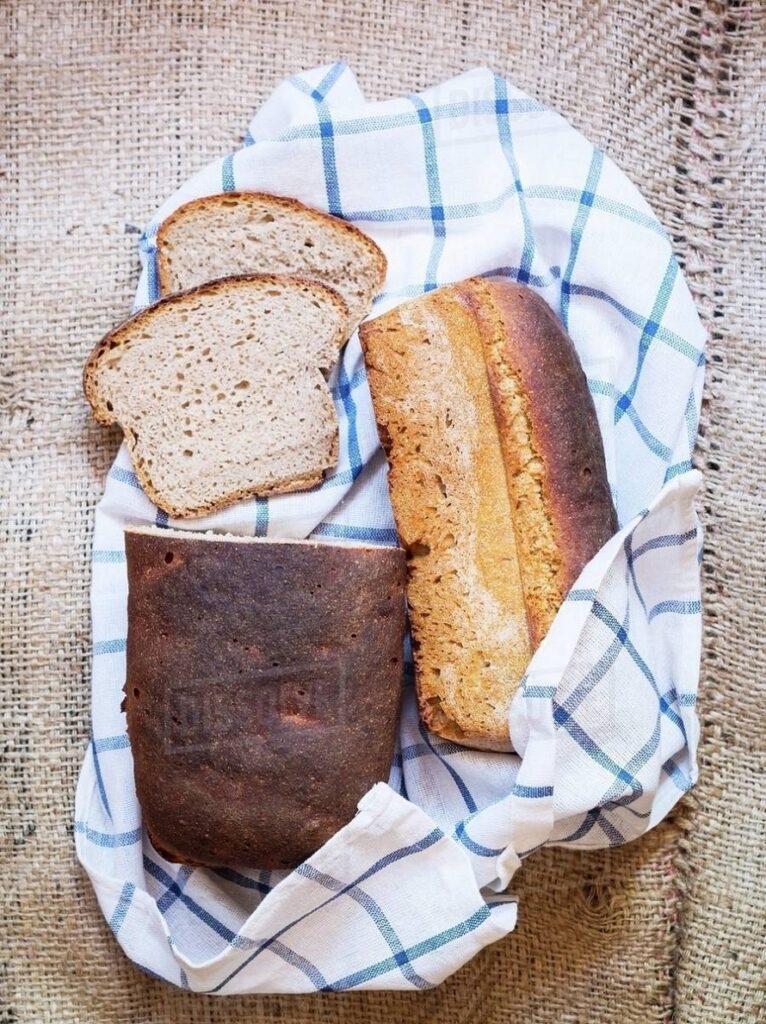
The fridge
The refrigerator, that miraculous 20th-century food preservation device that keeps our celery crisp and our milk chilled, is actually the last place your bread should be. According to Harold McGee, author of On Food & Cooking, refrigerating fresh bread causes it to stale six times faster than leaving it out on the counter. However, the fridge is a good place to store store-bought bread because it prevents mold and dryness.
Verdict: Don’t put your fresh bread in the fridge, no matter what!
Not all breads stale in the same way
Because there are so many different types and styles of fresh bread, finding the best room-temperature bread storage solution for your favorite fresh bread may require some trial and error. Breads with added fat, such as challah and brioche, will take longer to go stale, whereas a baguette is an extreme case and will go stale very quickly due to its narrow shape and lack of fat. You should consume it on the day it is baked for optimal flavor.

